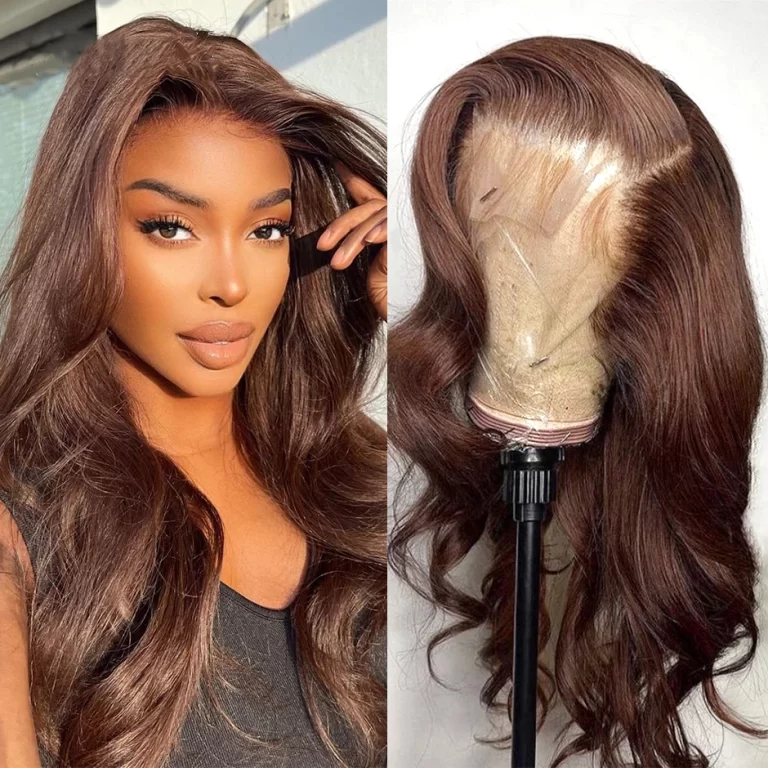
The Unexpected Link: Powdered Wigs & Syphilis
The Origins of Wig Fashion in the 18th Century
The 18th century faced a syphilis crisis. This venereal disease caused painful sores, rashes, dementia, and notably, hair loss. Back then, having a full head of hair was more than style—it showed health and high status. So as baldness swept Europe, those affected turned to wigs for a solution. Powdered wigs syphilis: No one wanted the public shame linked to syphilis symptoms. Powdered wigs syphilis: As a result, wig demand skyrocketed. People wanted to hide their afflictions and maintain their dignified image.
The Influence of French Royalty on Wig Popularity
French Kings Louis XIV and his predecessor, Louis XIII, played huge roles in wig fashion. Their hair loss from conditions like syphilis pushed them towards wigs for public appearances. When they began wearing elaborate wigs, they set a fashion trend that spread across Europe. Courtiers, aristocrats, and the wealthy soon followed suit, making wigs essential for those aiming to display sophistication. Thus, powered by royal influence, wigs became a widespread symbol of wealth and social standing.
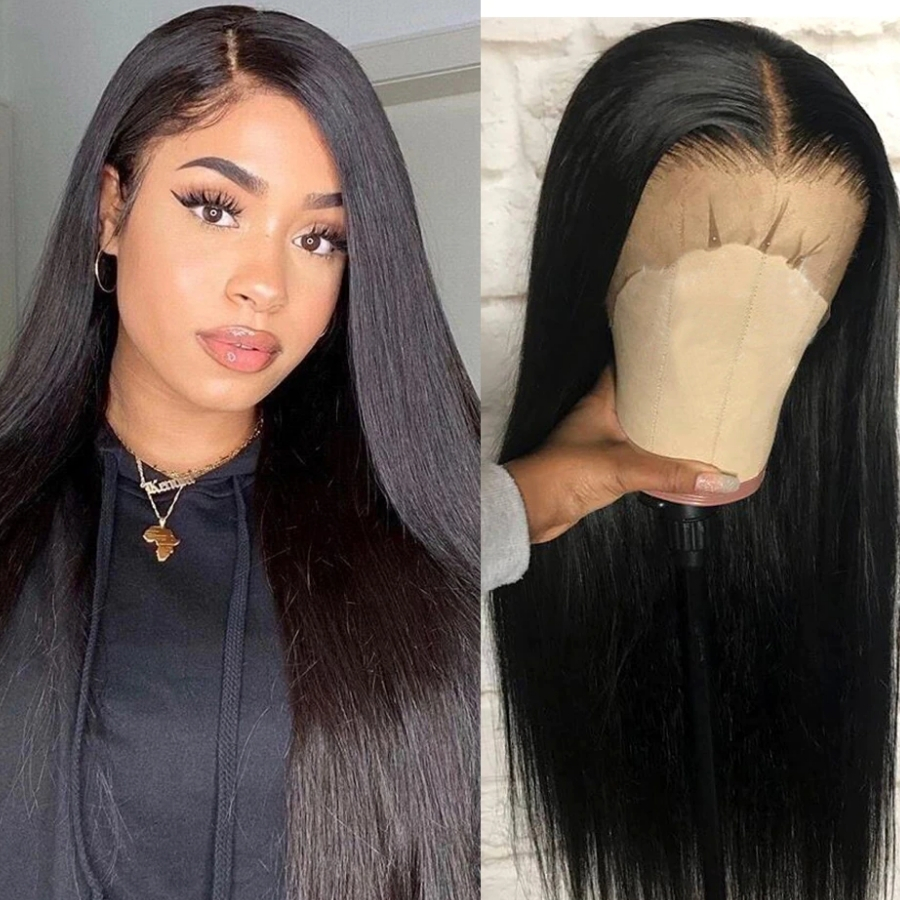
The Rise of Wigs as Status Symbols
The Lavish Spending on Powdered Perukes
In the 18th century, wigs weren’t just hairpieces; they were a display of opulence. As powdered perukes became all the rage, the wealthy didn’t hesitate to splurge. Some spent a fortune, equivalent to a modern-day sum of $10,000. Powdered wigs syphilis: This immense spending gave rise to the term ‘bigwig’, signifying those of great wealth and social status. The most elaborate wigs, designed with intricate curls and perfect symmetry, came with hefty price tags. They were not just ornaments but declarations of one’s place in the societal hierarchy.
Wig Varieties: From Horsehair to Human Locks
Wig styles varied greatly, catering to every class and profession. For the elite, nothing less than human hair would suffice, reflecting their high status. Those of more modest means opted for wigs made of horse or goat hair. The quality of one’s wig thus became a social indicator, with the finest materials reserved for the most affluent. This variation in wig composition was not merely a matter of aesthetics but a reflection of the user’s social standing. Whether made from horsehair or the most sought-after human locks, each wig had its own place in the complex social ladder of the era.
The Practicality of Wigs: Beyond Vanity
Combatting Lice and Maintaining Personal Hygiene
Powdered wigs syphilis: The use of powdered wigs in the 18th century wasn’t pure vanity. One practical reason people wore wigs was to manage lice. Head lice were rampant and difficult to remove. Wigs served as an easy-to-clean alternative, where the nasty pests could be dealt with separately. Personal hygiene standards were not high; regular bathing was uncommon. Thus, wigs provided a way to appear neat without the need for frequent hair washing. They could simply be taken off and deloused by a wigmaker.
Lice weren’t the only concern; wigs also masked unsavory odors. People applied heavily scented powders to their wigs. This helped to cover up any unpleasant smells. The powder used also made the wigs appear cleaner and more presentable.
The Role of Wigs in Concealing Baldness and Disease
Another key role of wigs was hiding baldness, especially when caused by syphilis. As noted, syphilis often led to hair loss, a condition that brought social shame. Wigs concealed this stigma and allowed people to maintain their public image. Even those not afflicted by the disease used wigs to avoid the appearance of poor health or falling status.
The wigs weren’t just covers for the effects of disease; they acted as shields for personal pride. They ensured that the elite could keep up appearances and the ill could avoid the judgment of society. Wearing a wig became a way to maintain one’s dignity, regardless of what was hidden beneath the mass of curls and powder.
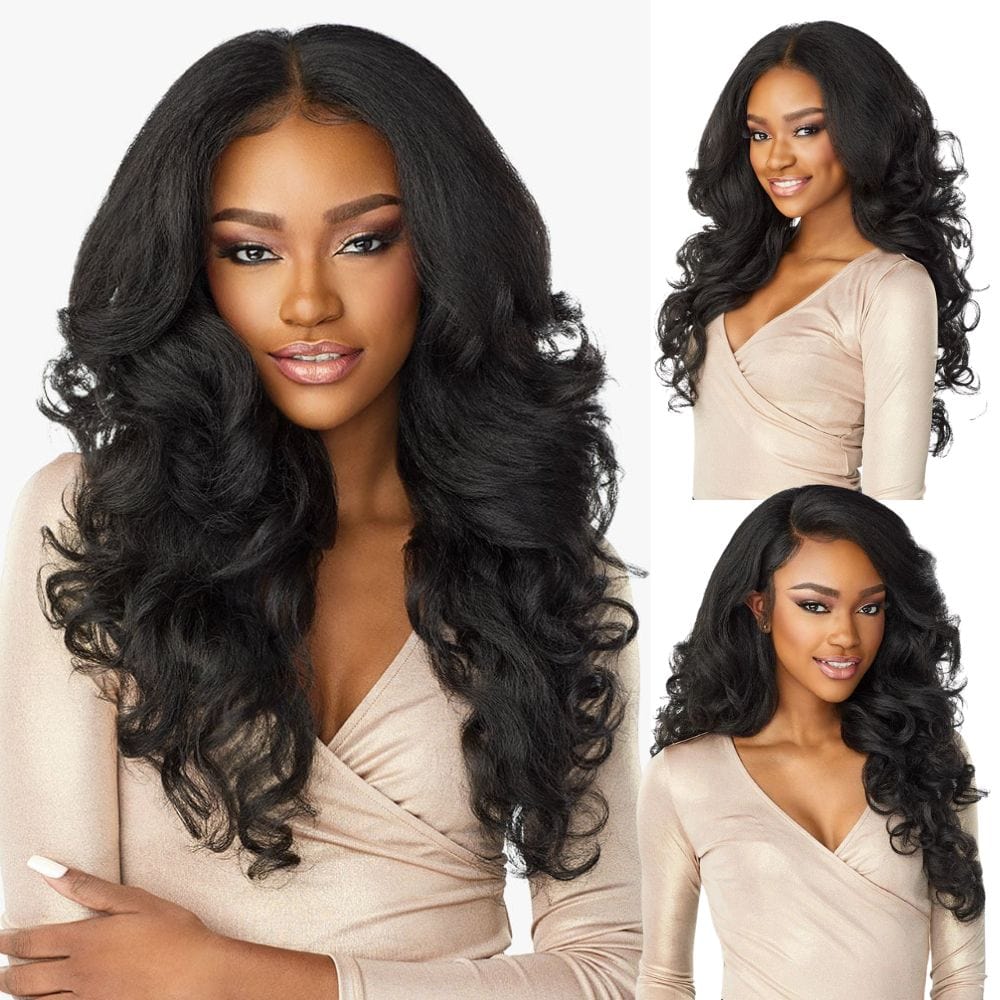
The Decline of the Powdered Wig
Changing Attitudes During the Enlightenment
The Enlightenment era brought new thinking about equality and simplicity. People started to question old traditions and the need for lavish excess. Wigs, once seen as essential for the upper class, began to symbolize unfair privilege and needless luxury. Philosophers encouraged naturalness over artificiality. Their ideas spread, influencing widespread views on fashion and personal presentation. The cost of wigs also became a concern. As people prioritized intellectual and moral pursuits, spending large sums on hairpieces seemed vain and extravagant. This shift in values marked the beginning of the end for the powdered wig’s dominance in society.
The Influence of the American and French Revolutions
The American and French Revolutions had a profound effect on powdered wigs. In America, as the fight for independence grew, wigs came to represent British rule and outdated customs. American leaders chose simpler styles to show their break with England and its traditions. In France, the Revolution was about overthrowing the established order. Anything associated with the aristocracy, including luxurious wigs, lost favor. The once popular symbols of status were now seen as old-fashioned and pompous. Both revolutions sparked a move towards more natural hairstyles, reflecting the societal call for liberty and a rejection of the old regime’s excesses.
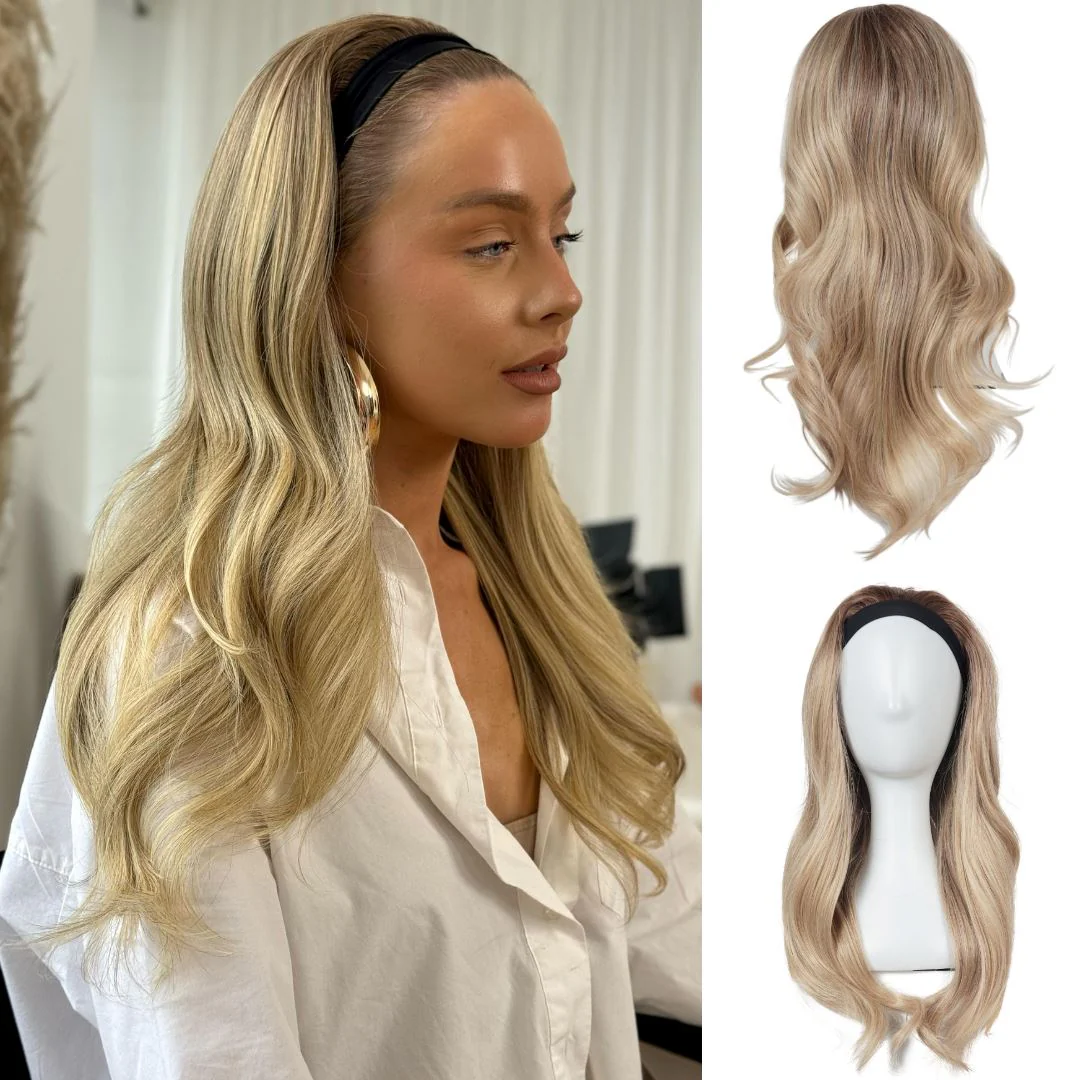
Powdered Wigs in Military and Political Fashion
The Distinct Styles of Military Officers
Powdered wigs crafted unique identities for military officers. Throughout the 1700s, these wigs ranged from simple to elaborate. British military officers favored the ‘Ramillies wig’ – a short braided style named after a battle victory. Wigs signaled rank and regalia, aligning with uniform codes. They served function over fashion, easing maintenance in the field. Officers sported them with pride, while common soldiers had simpler hair arrangements. This separation in style reinforced military hierarchy and discipline.
The Presidents Who Wore Wigs and Those Who Didn’t
In early U.S. history, wigs shaped presidential images. Notables like John Adams and Thomas Jefferson wore wigs in portraits, showing status. Yet, George Washington never wore one, despite popular belief. He chose to powder his red hair instead. This practice still linked him to the fashion of the time, though. After Washington, several presidents adopted wigs, embracing the expected aristocratic fashion. Over time, presidents abandoned wigs, preferring natural hairstyles. This shift reflected changing times and the nation’s evolving identity.
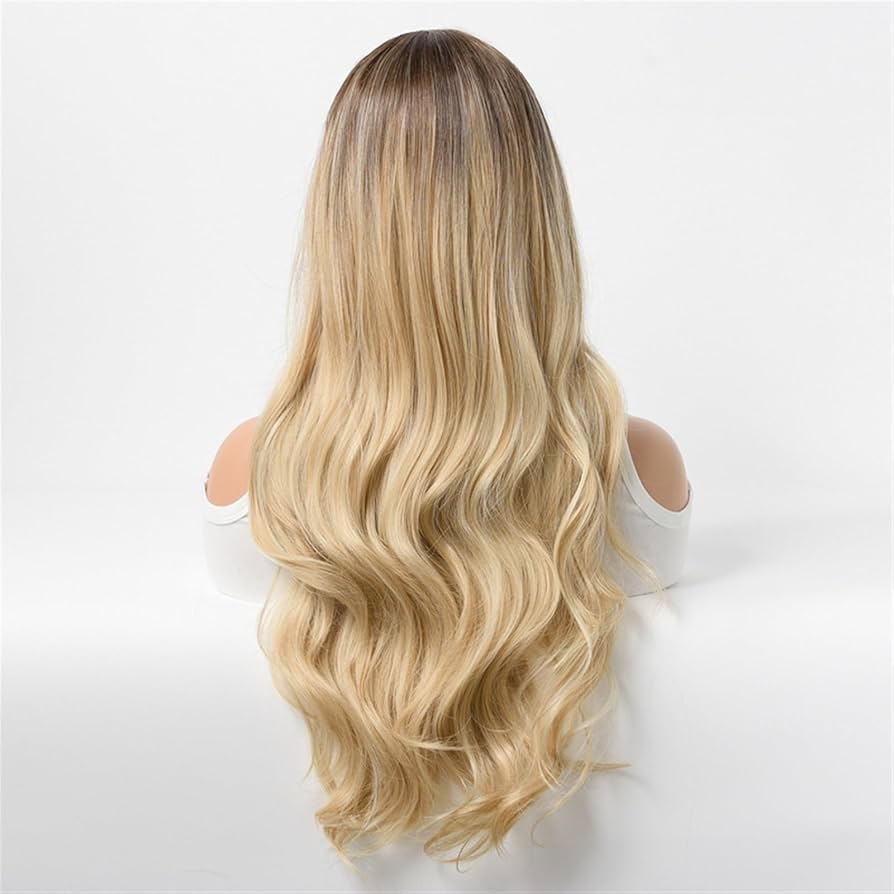
Powdered Wigs Today: Historical Remembrance and Cultural Legacy
The history of powdered wigs is not forgotten. Today, they remain symbols of a past era marked with distinction and formality. Museums and period films often showcase these iconic hairpieces, highlighting their role in history. The enduring image of a court with wig-clad individuals persists, feeding our curiosity about historical fashion.
The Persistence of Wigs in Judiciary and Ceremonial Garb
In Britain’s legal system, wigs are still part of the traditional attire. Judges and barristers wear them during official court sessions. This practice ties modern-day proceedings to legal history. The wigs bring a sense of gravity and continuity to the process of justice. Similarly, in some formal ceremonies, the ceremonial garb often includes wigs. They add to the pageantry and deep-seated traditions that these events honor.
The Evolution of Wigs in Modern Fashion and Utility
Beyond historical remembrance, wigs have evolved. Today’s wigs serve fashion, medical, and cultural purposes. For style, individuals turn to wigs for instant hair changes without commitment. In the medical realm, wigs offer a solution for hair loss due to conditions like alopecia and chemotherapy. They provide confidence and normalcy for those affected. Religiously, wigs play a role too. Some communities, like Orthodox Jewish women, use wigs for modesty in public. Wigs have transcended their origin story, becoming versatile tools in a variety of modern settings.

